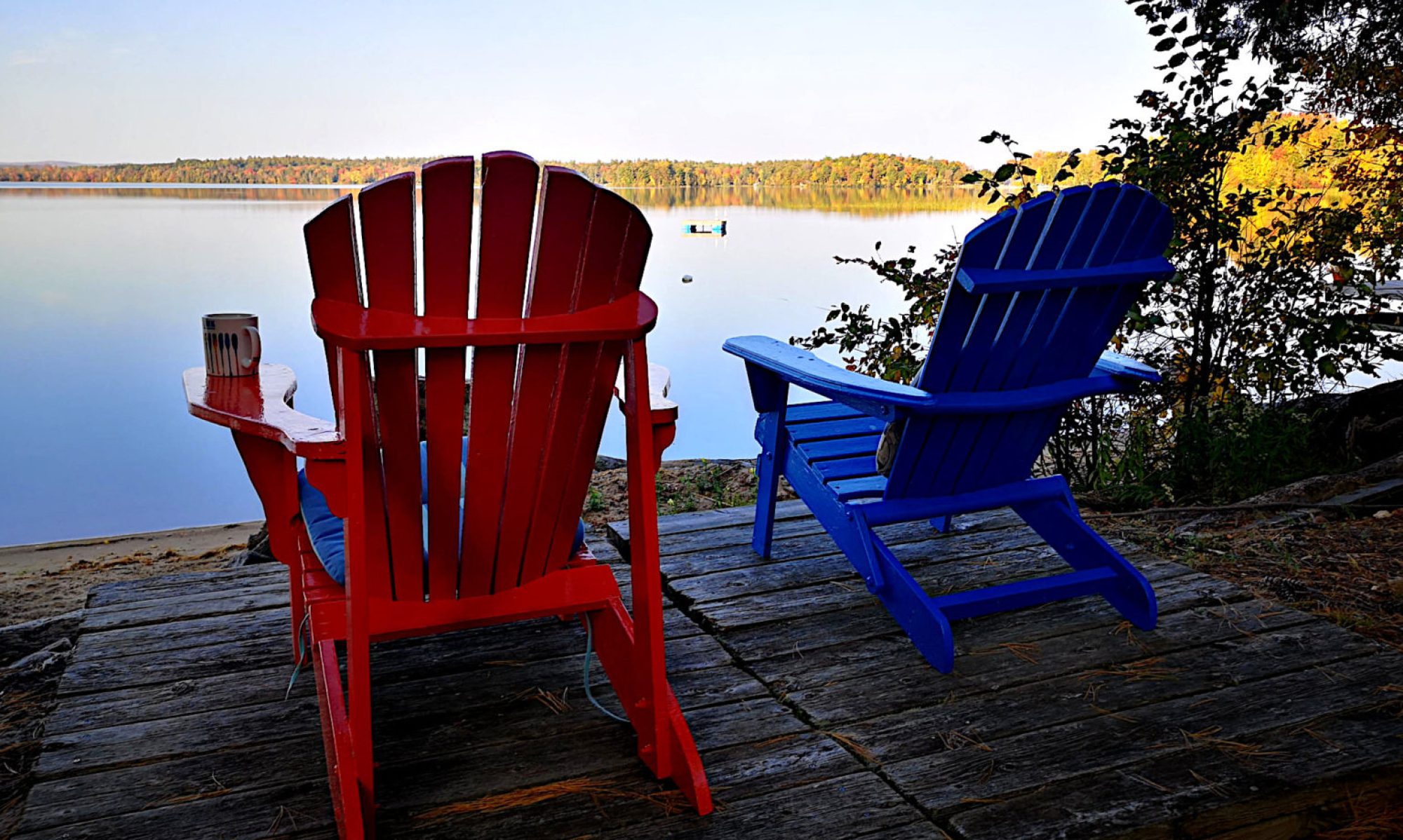Fred Wilson — the Union Square Ventures partner whose fund has invested in companies such as Twitter, Foursquare and Zynga — came to Toronto earlier this week for a series of meetings with startups and venture investors, and I had a chance to sit down with him and get his thoughts on “AngelGate” and some other things he is interested in. I also sat in on one of the meetings he had at the office of local VC Extreme Venture Partners, followed by a visit to a local DemoCamp organized by local startup advisor David Crow.
Both during the meeting and in an interview with me (a clip from which is embedded below), Wilson said that Toronto reminded him of New York in a number of ways, and that he is looking at startups — both in the city and elsewhere in Canada — that might make for good investments by Union Square, preferably in partnership with Canadian venture capital group that knew the local market and the entrepreneurs involved. In some cases, Wilson said, good ideas come from outside the usual markets of Silicon Valley and Boston and New York because the people in those areas are thinking outside the box.
As an example, Anand Agarawala — founder of BumpTop, the innovative 3-D desktop interface acquired by Google earlier this year — said that he wasn’t sure the startup would have been created if he had been living in Silicon Valley. Not only would there have been “a lot more distractions,” he said, but the idea might never have even occurred to him, since he would have been surrounded by people working on more traditional interfaces. Wilson agreed that in Silicon Valley there are “lots of people doing things in the same ways they always have,” and so creativity — particularly in interface design — isn’t as likely.
The Union Square partner said that he thinks the best cities for startups are “those with a bunch of different industries, because there tends to be more creativity” due to the mix of different backgrounds and skills — although Wilson also freely admitted that Silicon Valley doesn’t really fit that description, and in fact “much of the evidence tends to suggest that I might be wrong.” In any case, he said that Toronto reminds him of New York in part because it has a mix of a number of different industries such as the financial industry, media, advertising and government.
Among the startups that Wilson met with during a morning meeting were Rypple (which recently closed a $7-million funding round), an image-recognition software company called Idee (which has an image-tracking service called TinEye), along with social-game maker Uken Games, health-information site Well.ca, mobile utilities maker Fixmo and news- aggregator Eqentia — whose founder William Mougayar was instrumental in convincing Wilson to come to Toronto.
At the DemoCamp later in the day, Wilson did a short talk, in which he reiterated his 10 golden rules for successful web apps (including speed and instant utility), followed by a question-and-answer session. Among other things, Wilson talked about his belief that the technology business needs bubbles and “really stupid amounts of spending” on certain technologies, in order to create the foundation for future investment. “We overbuilt broadband infrastructure during the last bubble,” he said. “And thank God we did,” since plenty of companies have been built using that cheap infrastructure.
The companies that Wilson judged during DemoCamp included Visibli (an online advertising service formerly known as Assetize), an app called TaskAve — a “Remember The Milk” type of service that was only 10 days old, having been created during a recent Startup Weekend coding contest — as well as Top Hat Monocle, which makes e-learning software, and GuestList, which is building a mobile invitation service. Wilson told GuestList that he liked the fact that they were trying to be simpler than their competitors, but was concerned about their reliance on PayPal, and he told TaskAve that he liked the fact that they were trying to help him remember things, but didn’t like the map as an interface.
